Electric vehicles once represented the clean, high-tech future that would replace noisy, fuel-burning cars. The first time you glide silently away from a stoplight in one, it can feel like magic. But after the initial honeymoon phase, some owners and potential buyers have started to notice the cracks. Whether it is about practicality, cost, or simply missing the rumble of a traditional engine, here are 15 reasons more drivers are cooling on EVs.
Charging Infrastructure Still Has Gaps
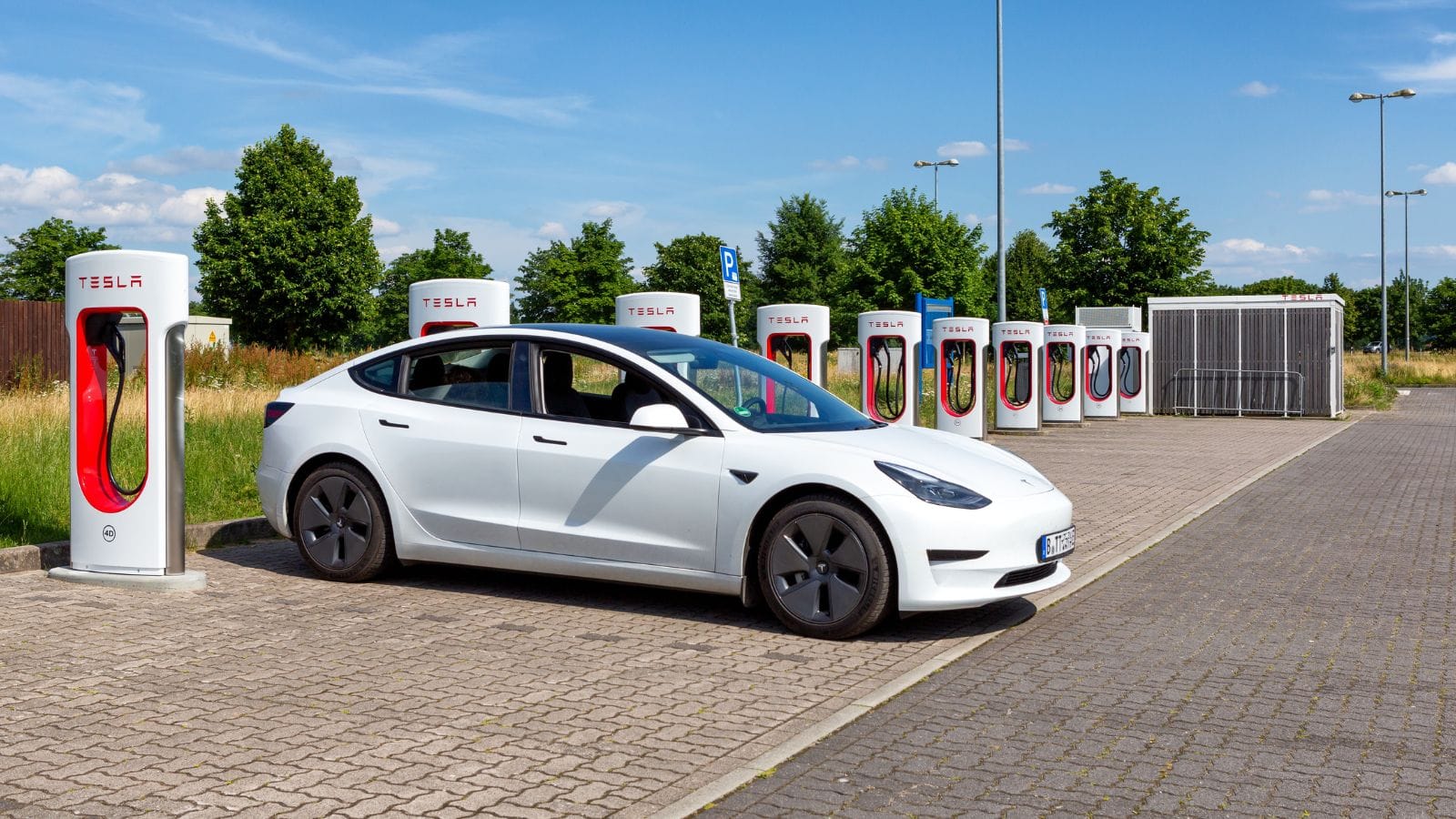
In major Canadian cities like Toronto and Vancouver, you can find a public charger without much effort. But head out toward Northern Ontario or the Prairies and things get patchy. While Tesla owners can tap into a solid Supercharger network, drivers of other EV brands may find themselves hunting for compatible stations. On a cross-country trip, the difference between “convenient” and “stranded” can be one small town that has yet to install a single charger.
Charging Speed Is Not Always Fast

The marketing numbers sound great: “80 percent in 20 minutes.” The reality is more complicated. Some cars like the Hyundai Ioniq 5 or Porsche Taycan can hit those speeds, but only at chargers capable of delivering high power — and those are not everywhere. Even then, real-world results vary based on temperature, battery level, and how many other cars are plugged in. A Ford Mustang Mach-E, for example, might take twice as long in cold weather.
Battery Degradation Concerns
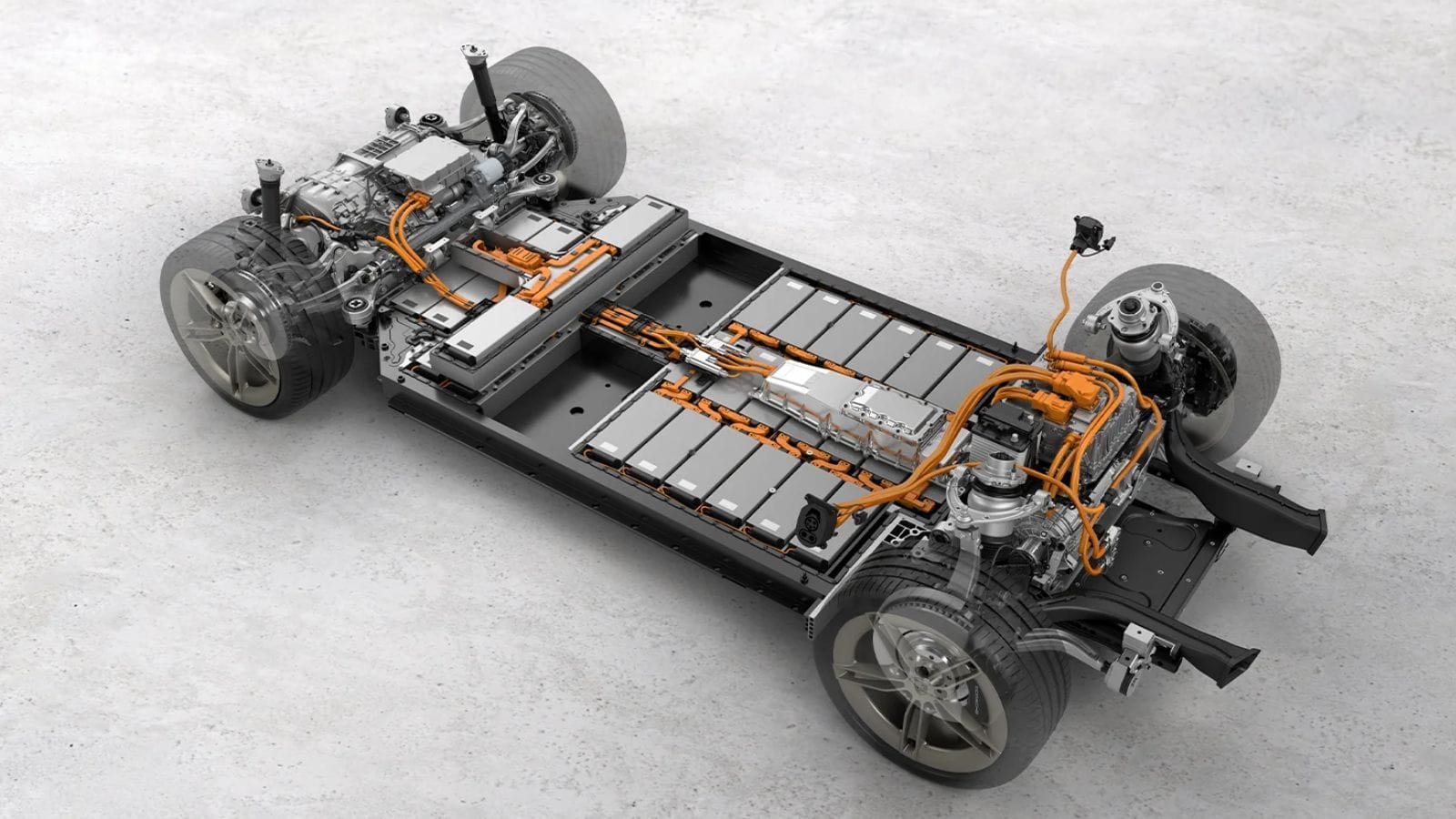
Modern EV batteries are much better than the early Nissan Leaf cells that suffered serious capacity loss in hot climates. Still, no battery lasts forever. A Tesla Model S with 300,000 kilometers may have lost 10 to 15 percent of its range, which is fine for many drivers but worrisome for those who plan on keeping a car for decades. The cost of replacing a pack — often $15,000 or more — is enough to make buyers pause.
Higher Upfront Costs
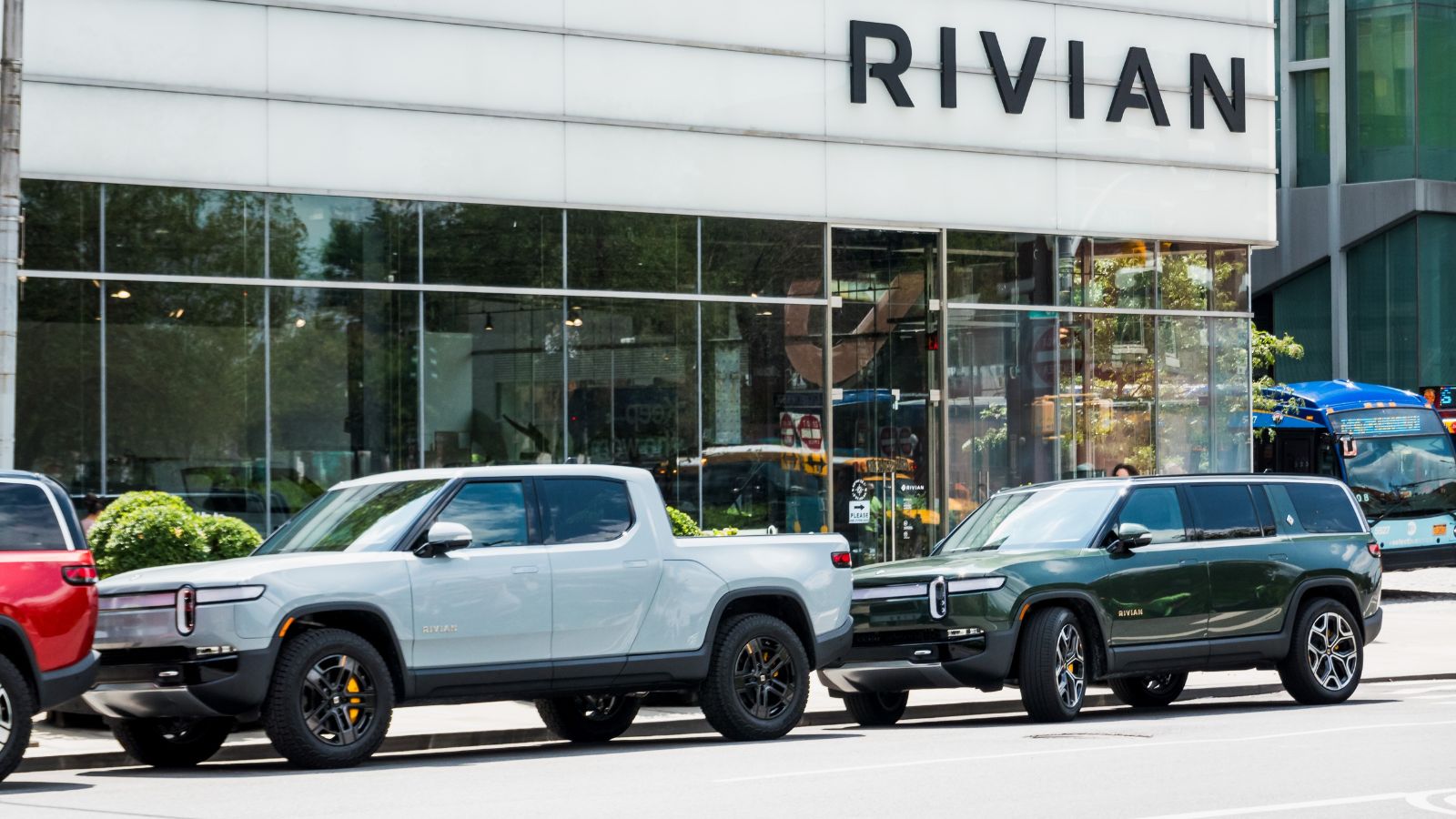
When you compare a base Toyota Camry to an equivalent-size EV like a Hyundai Ioniq 6, the difference at the dealership can be significant. Incentives help, but not everyone qualifies, and the Canadian federal rebate does not apply to higher-priced models. A Chevrolet Bolt is relatively affordable, but once you look at mid-size SUVs or trucks like the Rivian R1T, the price jumps far above comparable gas models.
Limited Towing and Hauling Ability

The Ford F-150 Lightning can tow, sure — but watch your range plummet by half or more with a large trailer. The Rivian R1T and GMC Hummer EV face similar issues. For people in rural Canada who rely on a truck for work or recreation, this makes EV trucks a tough sell despite their torque and quiet operation.
Seasonal Range Loss

Cold is the enemy of batteries. A trip from Calgary to Banff in January can eat into range far more than the same drive in July. Even with thermal battery management, expect 10 to 30 percent less range. That means more charging stops, which are harder to plan if stations are far apart in wintery areas.
Repair and Service Availability

In big cities, you can find certified EV technicians. Outside of them, it gets tricky. Some rural owners have had to ship cars hundreds of kilometers for warranty work. Even simple things like fixing a faulty charging port may require a specialized service center, and the bill can be eye-watering if it is not covered.
Home Charging Limitations
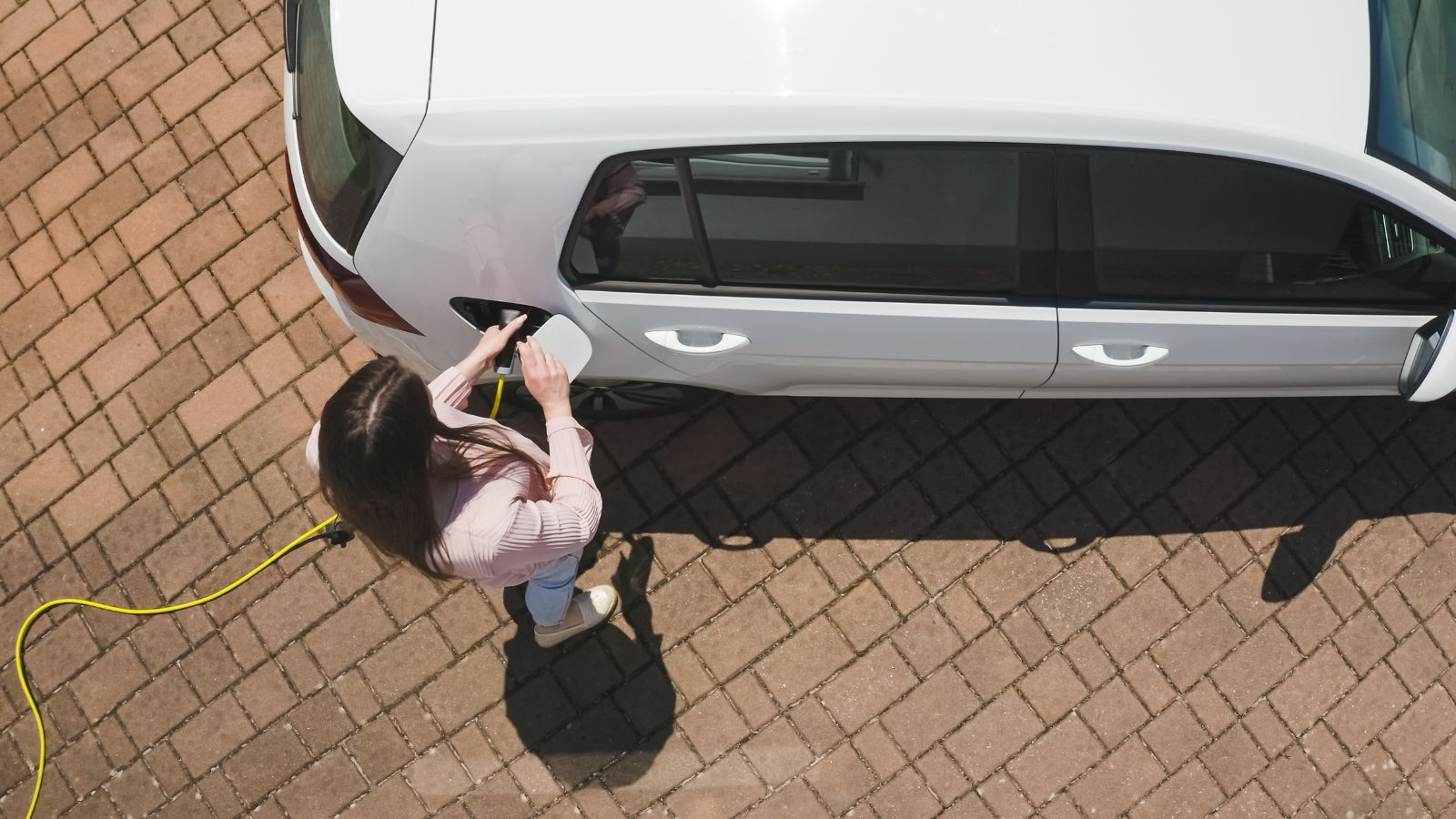
If you live in a single-family home with a driveway, installing a Level 2 charger is relatively simple. But if you are in a high-rise in downtown Toronto or Vancouver, good luck convincing the condo board to install chargers for everyone. Street parking in older neighborhoods makes overnight charging nearly impossible without some serious logistical effort.
Resale Value Uncertainty
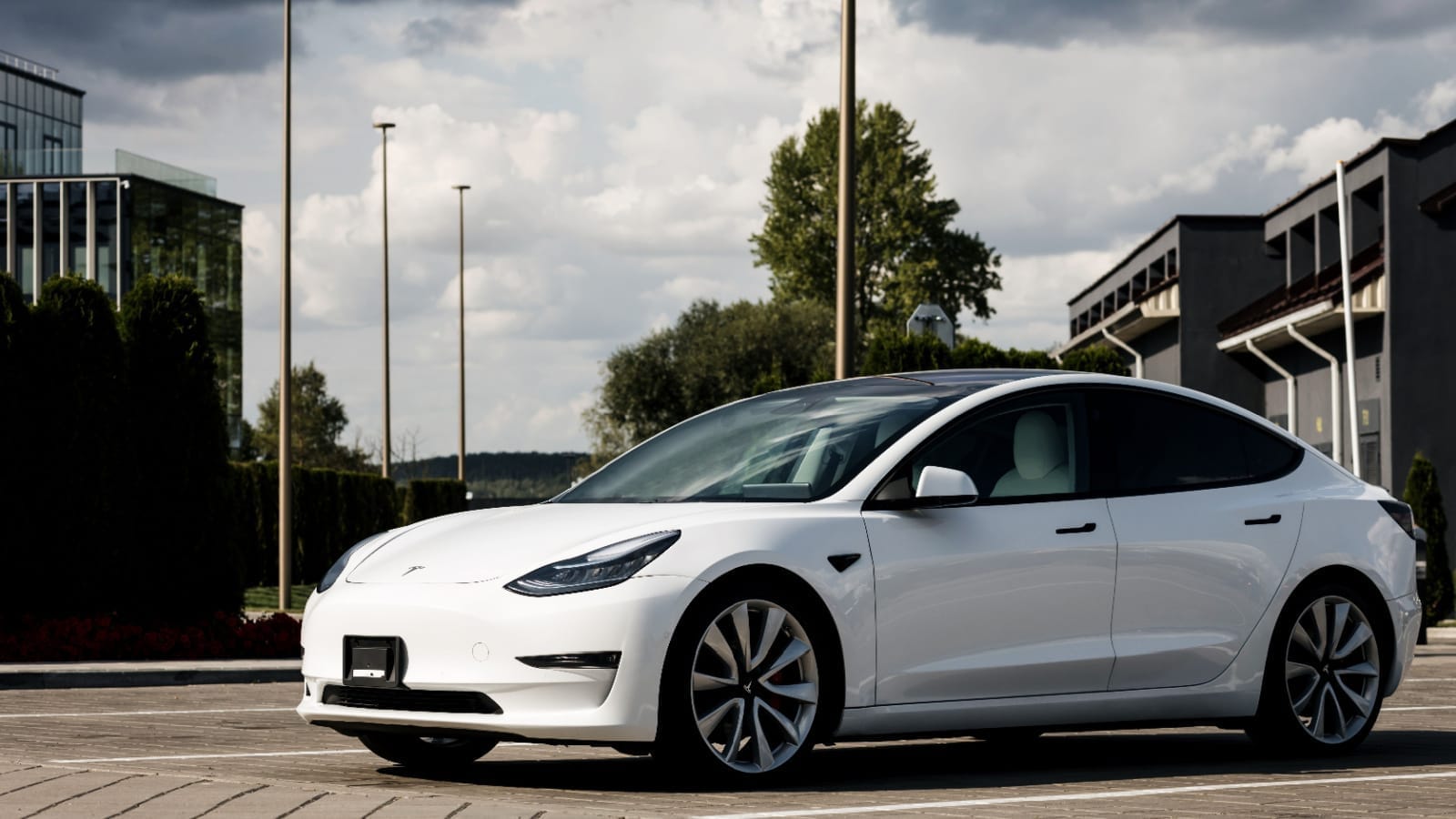
Some used EVs hold value well — a low-mileage Tesla Model Y still sells strong. But others, like early Jaguar I-Pace or Nissan Leaf models, have dropped like a stone. Buyers are wary of older batteries and missing software updates, making depreciation unpredictable compared to well-understood gas cars like a Toyota Corolla.
Software and Tech Issues

Electric vehicles are rolling computers. That is great when the tech works, but maddening when it does not. Frozen touchscreens, failed updates, and malfunctioning driver assists have been reported on everything from Tesla’s lineup to Volkswagen’s ID.4. And unlike a broken radio in a gas car, these glitches can affect driving features, charging, and even starting the vehicle.
Grid Reliability Questions

Skeptics often ask: What happens when the power goes out? In most Canadian cities, outages are rare and short, but extreme weather events have shown that even urban grids can go dark. If you rely solely on electricity for your vehicle, a multi-day outage could leave you stranded, especially if public chargers are down too.
Heavier Vehicles

An EV’s battery pack can weigh 500 kilograms or more. This makes cars like the GMC Hummer EV tip the scales at over 4,000 kilograms. The extra mass can lead to faster tire wear, longer stopping distances, and, in some cases, higher repair costs after even minor accidents. Insurance companies are starting to notice.
Lack of Variety in Certain Segments

There is no electric Mazda MX-5 equivalent, no budget-friendly small coupe, and very few affordable off-road-ready SUVs. While options are growing each year, the lineup still feels skewed toward mid-size crossovers and luxury sedans. Enthusiasts looking for niche vehicles may be stuck waiting.
Real-World Range vs Advertised Range
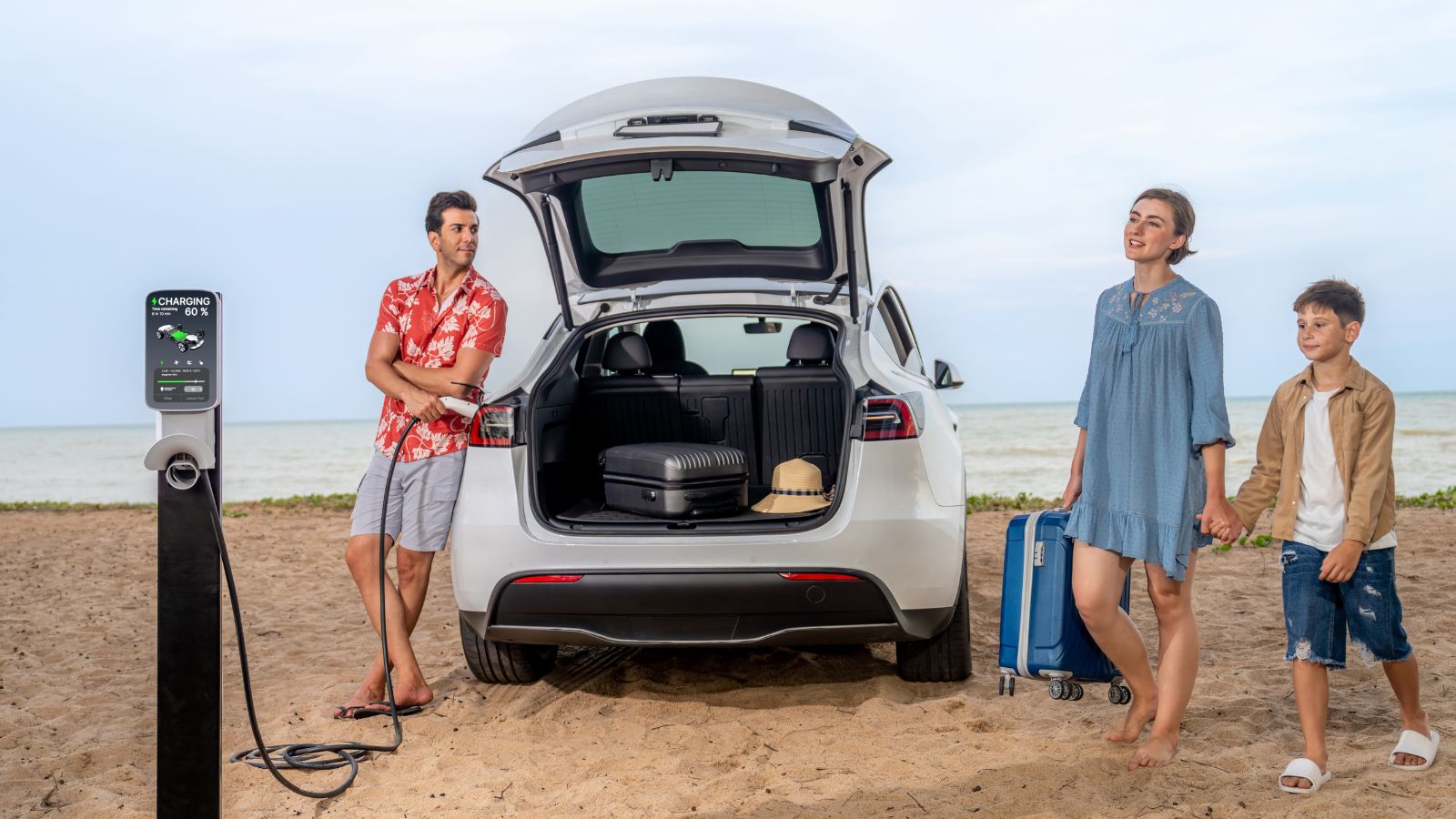
The official range numbers are tested under ideal conditions. Drive an EV like a Polestar 2 at highway speeds in winter with a roof box, and you may see a third less than advertised. This is frustrating for drivers expecting the brochure figure to match everyday reality.
Charging Etiquette Problems
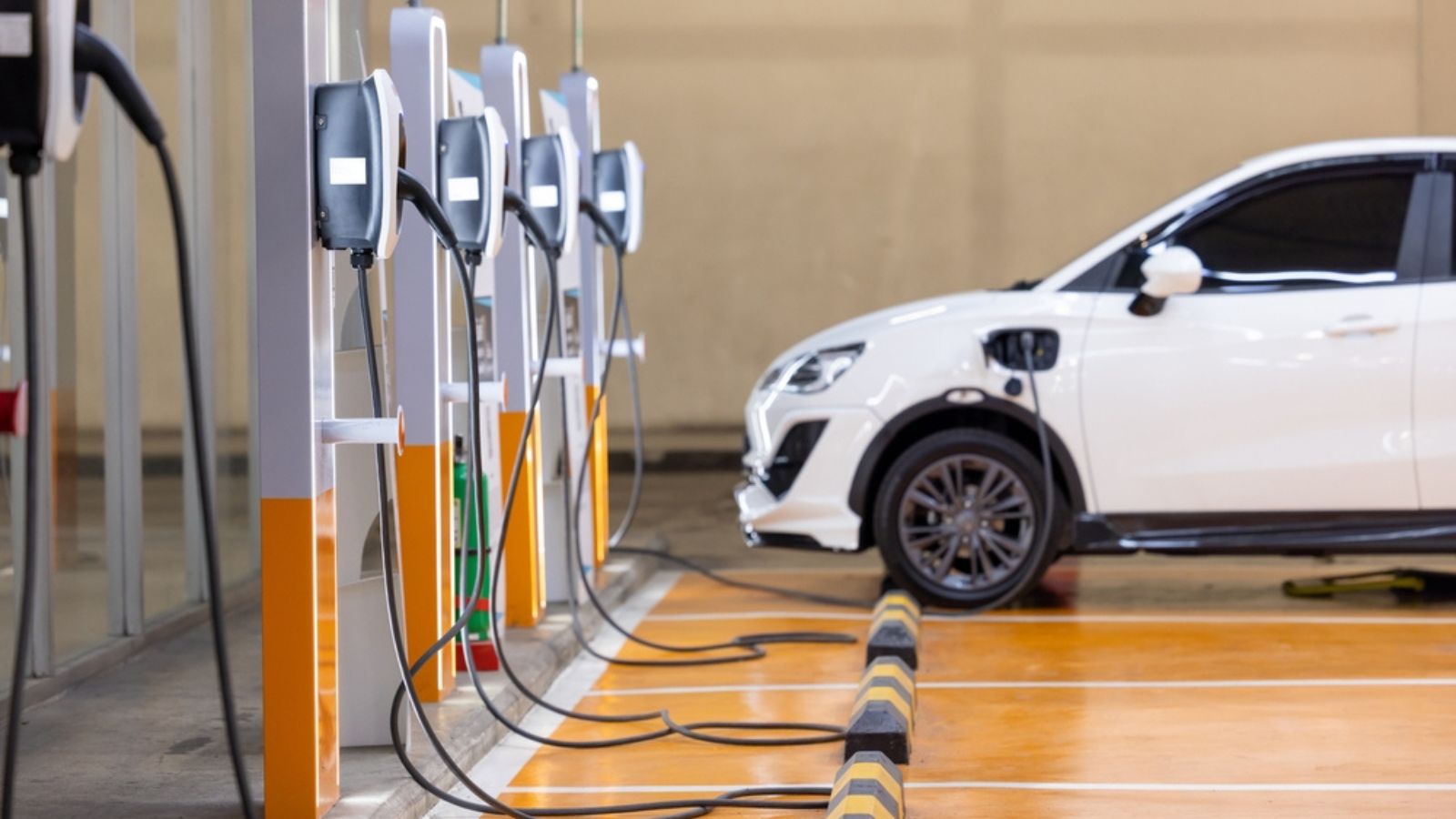
Few things are more annoying than arriving at a charger to find it blocked by a gas-powered car (ICEing) or by an EV that has been fully charged for hours but is still plugged in. Until public etiquette catches up, this remains a surprisingly common headache for EV drivers.
25 Facts About Car Loans That Most Drivers Don’t Realize

Car loans are one of the most common ways people fund car purchases. Like any other kind of loan, car loans can have certain features that can be regarded as an advantage or a disadvantage to the borrower. Understanding all essential facts about car loans and how they work to ensure that you get the best deal for your financial situation is essential. Here are 25 shocking facts about car loans that most drivers don’t realize:
25 Facts About Car Loans That Most Drivers Don’t Realize
